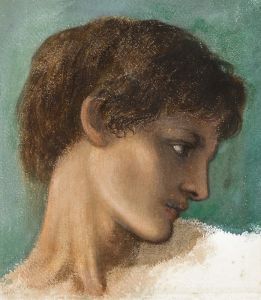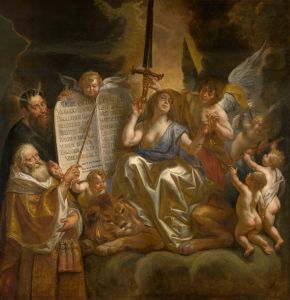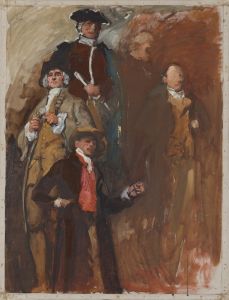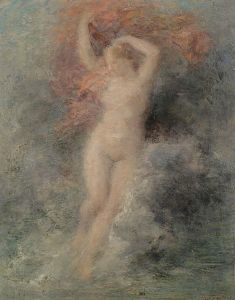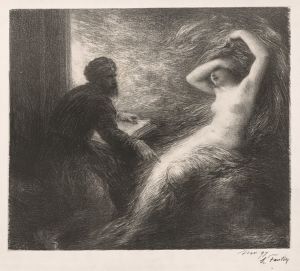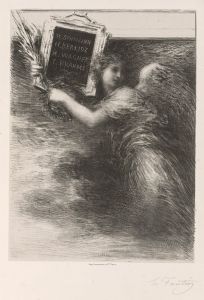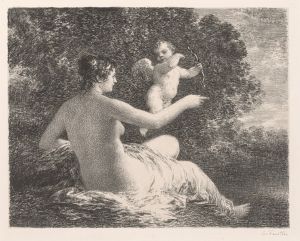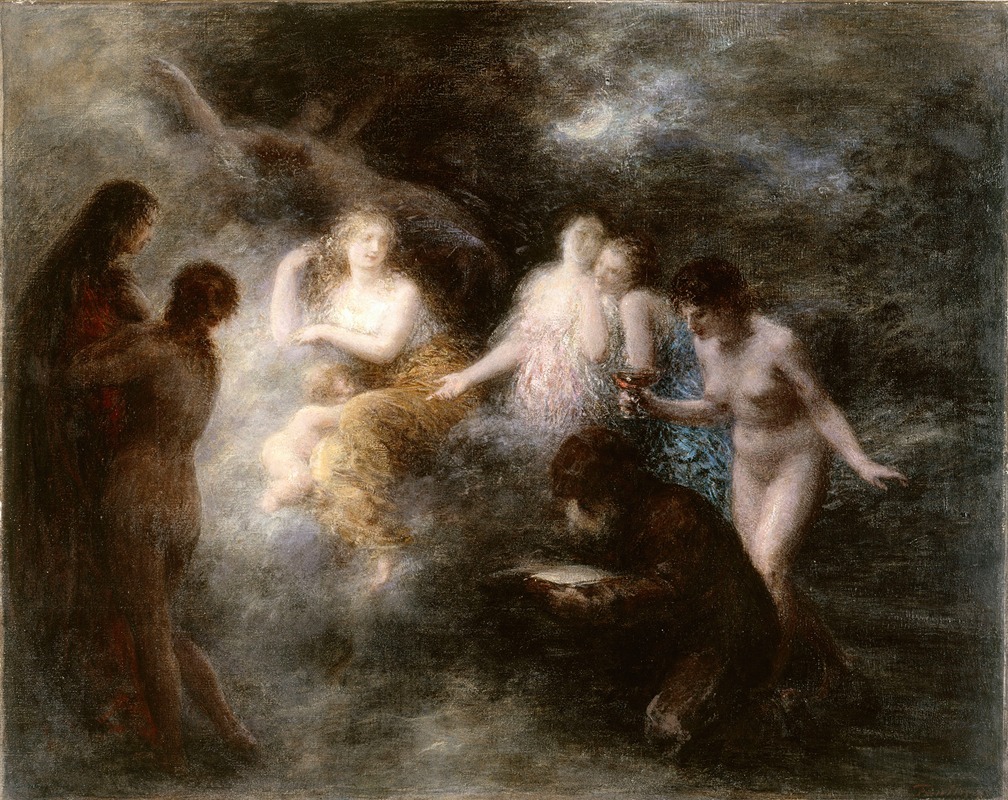
La tentation de saint Antoine
A hand-painted replica of Henri Fantin-Latour’s masterpiece La tentation de saint Antoine, meticulously crafted by professional artists to capture the true essence of the original. Each piece is created with museum-quality canvas and rare mineral pigments, carefully painted by experienced artists with delicate brushstrokes and rich, layered colors to perfectly recreate the texture of the original artwork. Unlike machine-printed reproductions, this hand-painted version brings the painting to life, infused with the artist’s emotions and skill in every stroke. Whether for personal collection or home decoration, it instantly elevates the artistic atmosphere of any space.
Henri Fantin-Latour's painting "La Tentation de Saint Antoine" is a notable work by the French artist, known for his still lifes and group portraits. Fantin-Latour, born in 1836, was a prominent figure in the 19th-century art scene, often associated with the Symbolist movement. His work is characterized by a delicate approach to color and composition, and "La Tentation de Saint Antoine" is no exception.
The painting depicts the biblical story of the temptation of Saint Anthony, a popular subject in Western art. Saint Anthony the Great, an early Christian monk from Egypt, is said to have faced numerous temptations during his life in the desert. These temptations were often portrayed as fantastical and surreal visions, which artists have interpreted in various ways throughout history.
Fantin-Latour's interpretation of Saint Anthony's temptation is notable for its dreamlike quality and subtle use of color. Unlike some of his contemporaries who depicted the scene with dramatic and vivid imagery, Fantin-Latour's version is more restrained, focusing on the psychological and spiritual aspects of the narrative. The painting captures the essence of the struggle between the saint's piety and the allure of earthly pleasures.
The composition of "La Tentation de Saint Antoine" reflects Fantin-Latour's skill in balancing elements within a painting. He employs a harmonious arrangement of figures and forms, guiding the viewer's eye through the scene. The use of light and shadow adds depth and dimension, enhancing the ethereal atmosphere of the work.
Fantin-Latour's choice of subject matter aligns with the Symbolist movement's interest in exploring themes of spirituality, mysticism, and the human psyche. The Symbolists sought to express ideas and emotions through symbolic imagery, often drawing inspiration from literature, mythology, and religion. In this context, "La Tentation de Saint Antoine" can be seen as an exploration of the inner conflict between faith and temptation, a theme that resonates with the Symbolist ethos.
The painting is also a testament to Fantin-Latour's technical prowess. His meticulous attention to detail and mastery of color are evident in the delicate rendering of textures and forms. This level of craftsmanship is a hallmark of his work, contributing to his reputation as one of the leading artists of his time.
"La Tentation de Saint Antoine" is part of Fantin-Latour's broader body of work, which includes portraits, still lifes, and other narrative scenes. His paintings are held in high regard and can be found in major museums and collections around the world. Fantin-Latour's influence extends beyond his own time, as his work continues to be studied and appreciated for its artistic and historical significance.
In summary, Henri Fantin-Latour's "La Tentation de Saint Antoine" is a distinguished example of 19th-century Symbolist art. Through its nuanced portrayal of a classic biblical theme, the painting exemplifies Fantin-Latour's ability to convey complex ideas with subtlety and grace. His contribution to the art world remains significant, and "La Tentation de Saint Antoine" stands as a testament to his enduring legacy.





